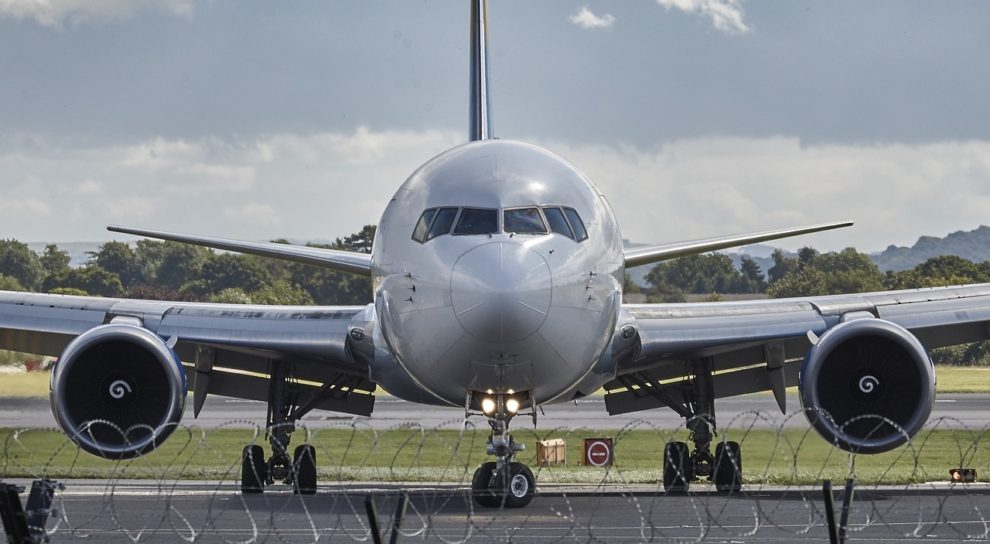According to a new international study, climate change is having an increasing impact on the structure of the Earth’s atmosphere, which may cause planes to fly higher to avoid turbulence.
The study, published in the journal Science Advances, uses decades of weather balloon observations and specialised satellite measurements to calculate the extent to which the top of the atmosphere’s lowest level, known as the tropopause, is rising.
The analysis of weather balloon observations revealed that the tropopause has been rising steadily since 1980, at a rate of about 58-59 metres per decade.
Human-induced warming of the lower atmosphere is responsible for 50-53 metres per decade of this.
This trend has continued even as the influence of stratospheric temperatures has diminished, demonstrating that warming in the troposphere is having an increasing impact.
“This is an unambiguous sign of changing atmospheric structure,” said Bill Randel, a scientist at the National Center for Atmospheric Research and co-author of the new study.
Satellite observations since 2000 have confirmed that the tropopause’s height has risen over the last two decades.
“These results provide independent confirmation, in addition to all the other evidence of climate change, that greenhouse gases are altering our atmosphere,” Randel said.
Depending on the season, the height of the tropopause, an atmospheric region that separates the dense and turbulent troposphere from the overlying and more stable stratosphere, ranges from about 5 miles above the Earth’s surface at the poles to 10 miles at the equator.
The tropopause’s location is of interest to commercial pilots who frequently fly in the lower stratosphere to avoid turbulence, and it also plays a role in severe thunderstorms, where overshooting tops can drive the tropopause higher and draw air from the stratosphere.
The steadily increasing height of the tropopause in recent decades has had little impact on society or ecosystems, but it demonstrates the far-reaching effects of greenhouse gas emissions.
Previous scientific research has shown that the tropopause is increasing. This was due not only to climate change, but also to stratospheric cooling caused by ozone depletion gases.
These gases shrank the stratosphere by destroying the stratospheric ozone layer, though recent restrictions on their emissions have caused atmospheric concentrations of these gases to fall.
While scientists are unsure how a rising tropopause will affect climate or weather, they do believe it will force planes to fly higher in the atmosphere to avoid turbulence.
“The study captures two important ways that humans are changing the atmosphere,” Randel said. “The height of the tropopause is being increasingly affected by emissions of greenhouse gases even as society has successfully stabilised conditions in the stratosphere by restricting ozone-destroying chemicals.”
